Deathscrapers, of all things, is the theme for the sixth issue of SOILED, which has just put out a call for submissions. Deadline is March 15, 2015, with details below the drawing of a casket.

[Image courtesy of SOILED]

[Image courtesy of SOILED]
"I am not afraid of death, I just don’t want to be there when it happens." –Woody AllenGuidelines and such can be found on the SOILED website.
Deathscrapers summons the architecture that surrounds the dearly departed. If Woody Allen’s aphorism generalizes a broad American apprehension for openly discussing matters of death, Deathscrapers is its architectural antidote and seeks to knock at death’s (literal) door to uncover issues of narrative, memory, and form. Deathscrapers spans all scales of spaces for the dead and the bereaved, from urns and caskets, to morgues and mortuaries, mausoleums and cemeteries, even enormous necropolises. Adolf Loos declared, “Only a very small part of architecture belongs to art: the tomb and the monument.” Deathscrapers will purvey playful stories that are simultaneously as serious as the grave. How can architecture bring new life into rituals and environments for the dead? How might aesthetics participate in a new necropolitan culture? Is it productive to render the morbid more social? Akin to previous issues of SOILED, Deathscrapers welcomes ideas that might transcend their mortality on the printed page. Queue the requiem and warm up the hearse: are you ready to go?








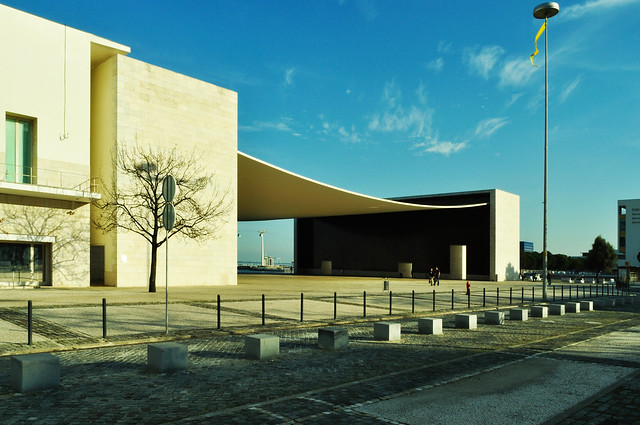
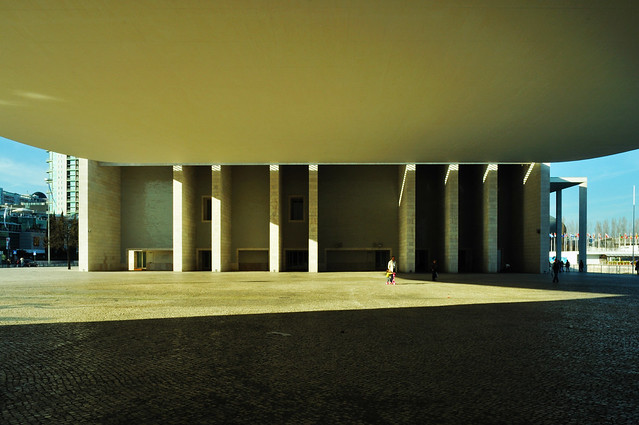









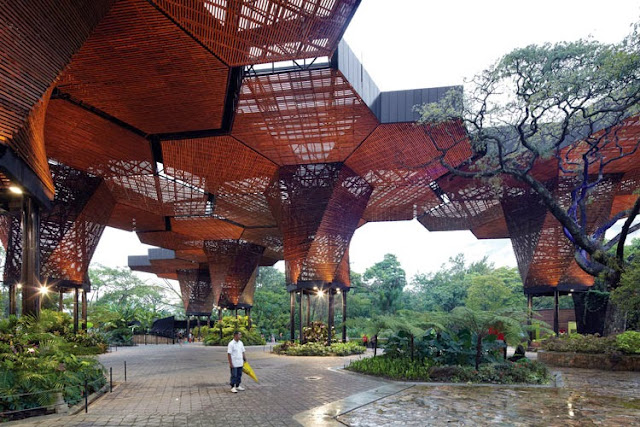


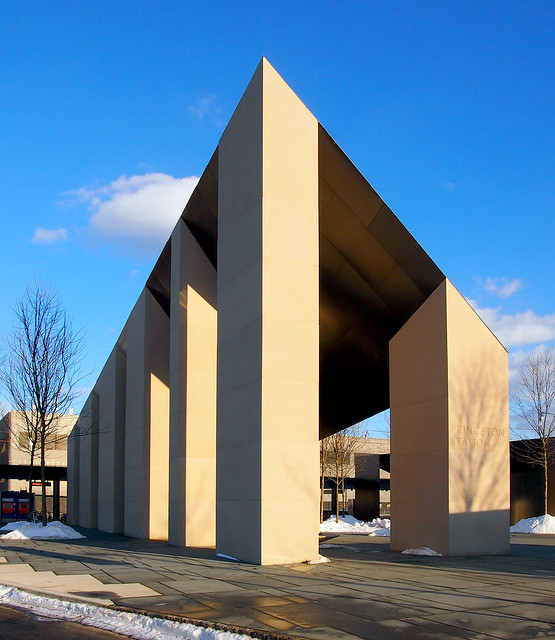
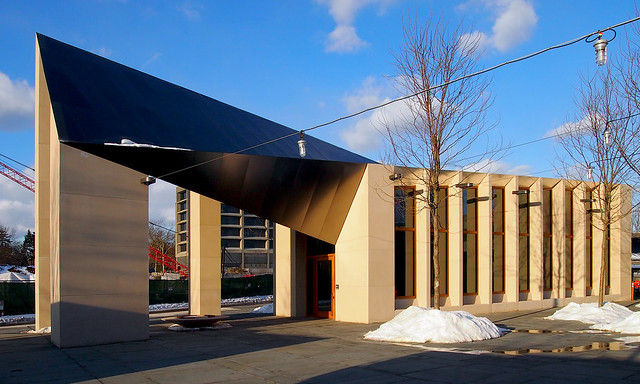
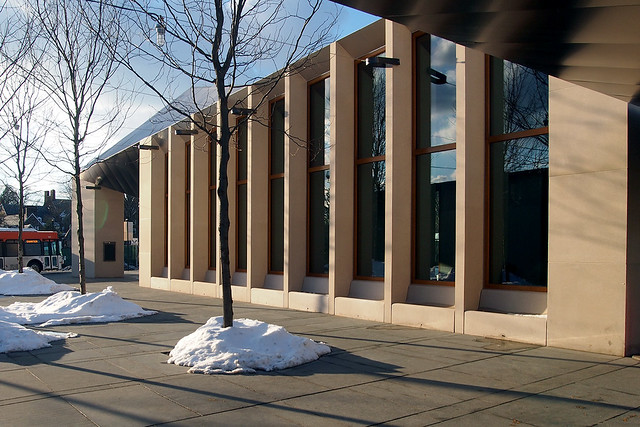
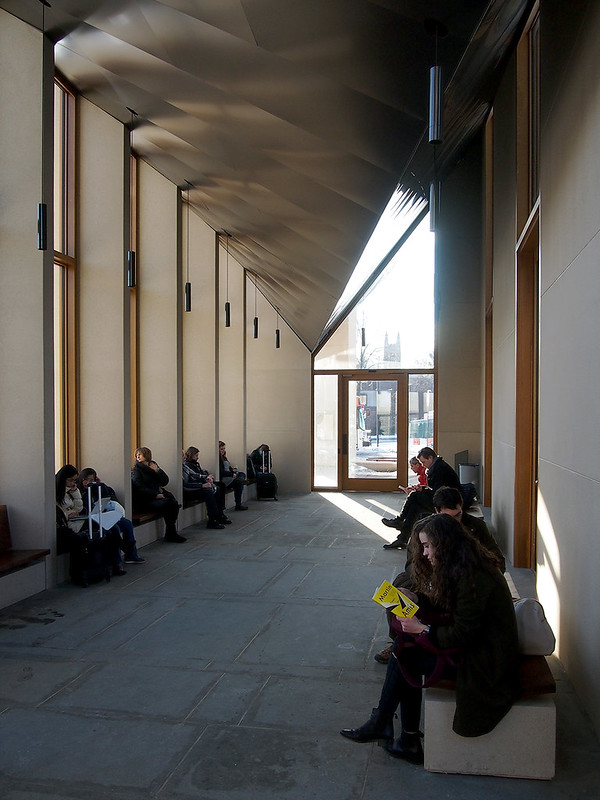
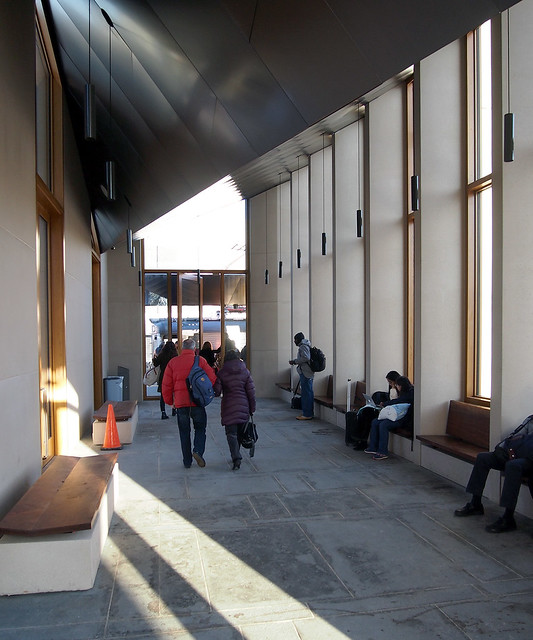

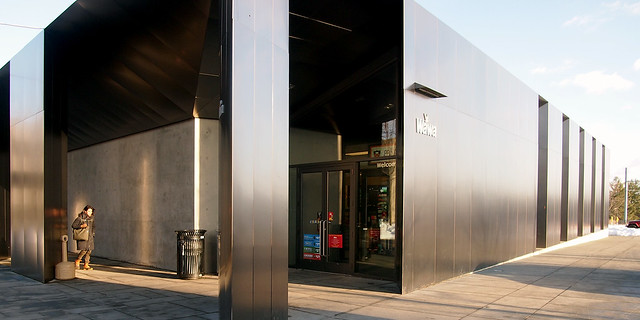

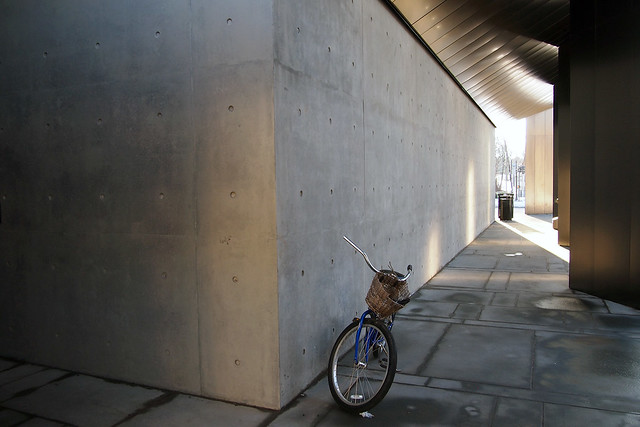




.jpg)